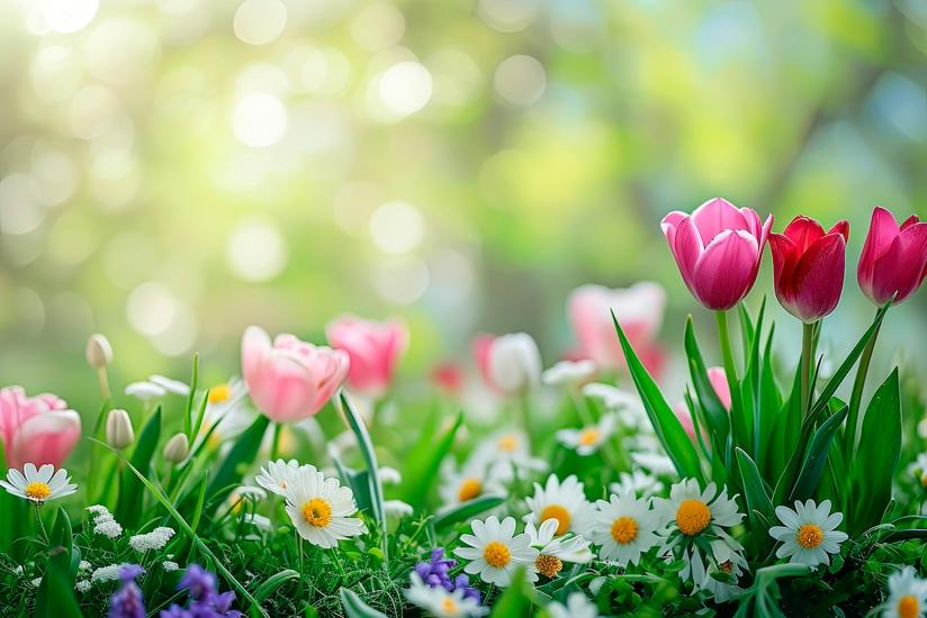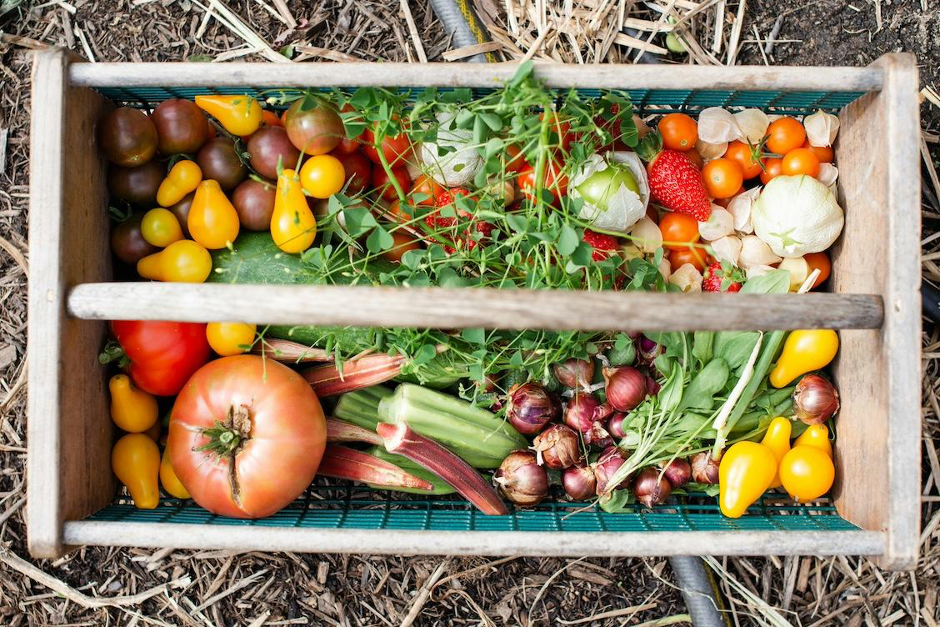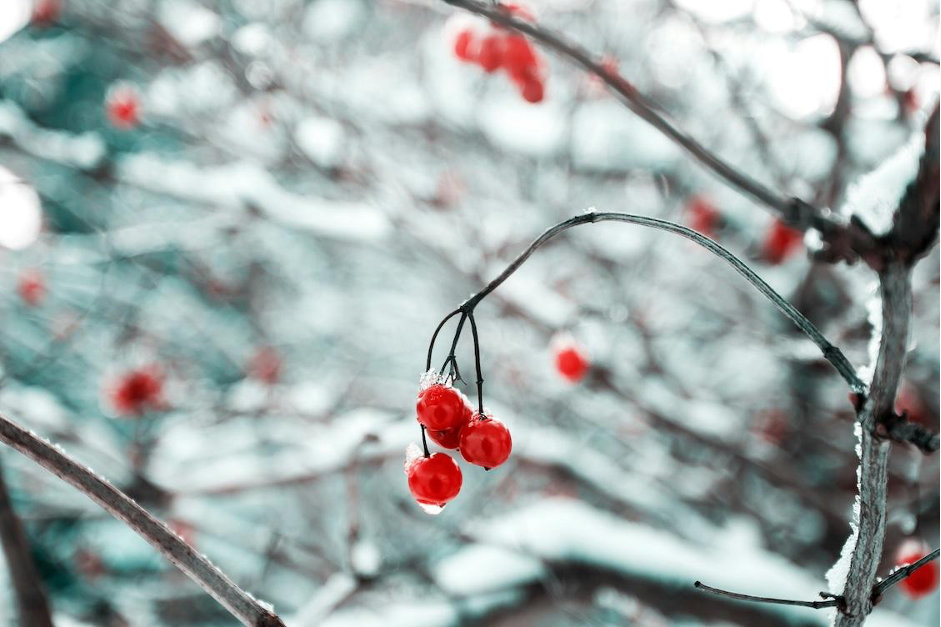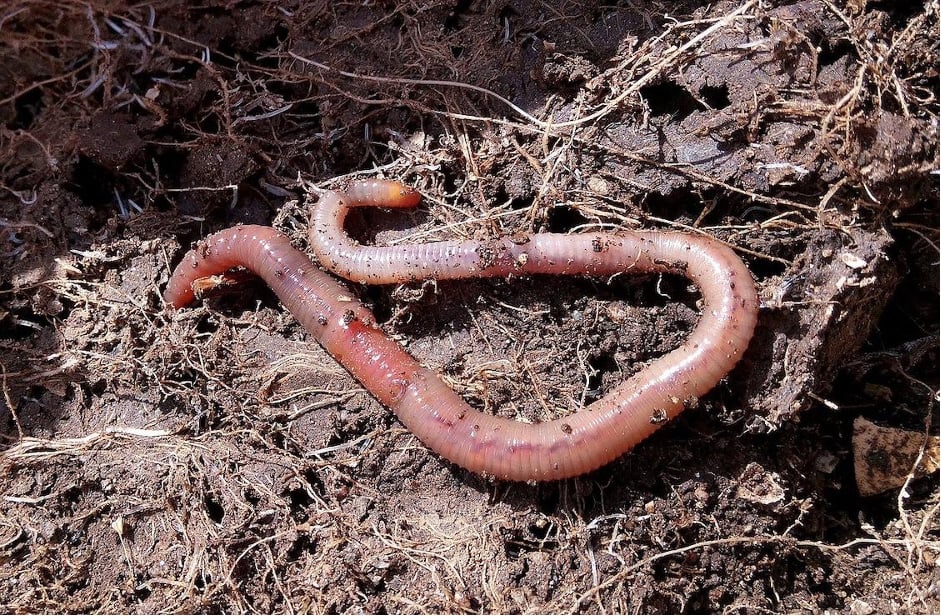Seasonal Organic gardening means aligning closely with nature’s cycles. As each season unfolds, your garden’s requirements and tasks shift. Whether you’re an experienced gardener or a newcomer exploring the wonders of soil for the first time, knowing what each season demands is crucial for cultivating a vibrant and productive garden. Here, we navigate through the year, considering the average growing zones that experience four distinct seasons.
Organic gardening is not just about planting seeds and watching them grow. It’s about creating a sustainable environment that encourages natural growth and minimizes harm to the ecosystem. Did you know that using organic methods can increase soil fertility and biodiversity? Organic gardens often host a wider variety of beneficial insects and wildlife. They play a critical role in pollination and pest control.
Another interesting point is that organic matter, like compost, added to the soil acts as a slow-releasing fertilizer. It provides plants with nutrients over time and reduces the need for synthetic fertilizers. And what better way to do this than with your worm farm? Here, you can find out more about it.
With the stage now set, let’s dig into our seasonal organic gardening guide. We ensure you know exactly what tasks, tips, and tricks to employ as the year unfolds.
Spring: Awakening the Garden
As winter’s chill recedes and nature stirs from its slumber, spring brings a new beginning for organic gardeners. It’s a time of renewal and excitement. This is what we’ve been waiting for so long! Here’s how to make the most of this vibrant season in your garden:
1. Assess and Prepare the Garden
Spring’s first step involves a detailed examination of your garden space. It’s time to clear out the remnants of last season. Remove any fallen leaves, dead plants, and other debris that accumulated over the winter. Check your garden beds, trellises, and other structures for any damage that needs repairing. This is also the perfect moment to sketch out your garden plan. Decide which crops will go where and ensure crop rotation to prevent soil depletion and disease build-up.
2. Soil Care Is Key
Healthy soil is the foundation of a successful garden. Begin by testing your soil to determine its nutrient content and pH level. Enrich your soil with organic compost or a balanced organic fertilizer based on the results. Introducing compost worms into your garden is a smart move. These industrious creatures break down organic matter and the soil with their castings. They also aerate the earth, making it easier for roots to grow.
3. Time to Plant
With the soil prepared, it’s time to plant the seeds of your future garden. Early spring is ideal for sowing cool-weather crops like peas, lettuce, and kale directly into the garden. Meanwhile, start your summer crops indoors to give them a head start before transplanting them outside once the risk of frost has passed. Employing companion planting techniques can also be beneficial. This method involves planting certain plants close together for mutual benefits, such as natural pest control and improved growth. This makes your garden more productive and like a ninja-warrior against pests.
Summer: Shine and Flourish!
What a delight! The sun on your face and the days stretching out. Summer also brings your garden to life in a burst of color and energy! This is when all your gardening love pays off, turning care and dedication into lush leaves and vibrant blooms. This is how to keep that green oasis thriving through those blissful months:
1. Watering Wisely Is Crucial
As temperatures climb, ensuring your plants receive adequate water becomes essential. It’s best to water your garden deeply but infrequently, promoting the development of deep, strong roots. For an efficient watering regime, consider setting up a drip irrigation system. This method delivers water directly to the base of each plant, minimizing waste and reducing evaporation.
2. Bug Battles and Weed Wars
Unfortunately, summer’s warmth can invite unwanted guests to your garden. Regular monitoring is critical to identifying any pest or disease outbreaks early. When intervention is necessary, Uncle Jim’s offers a variety of organic pest control products. They are effective without compromising your garden’s ecological integrity. Applying a layer of mulch around your plants can deter weeds and help the soil retain moisture. This cuts down on watering needs and keeps your garden looking neat.
3. Harvesting and Enjoying the Bounty
One of the greatest pleasures of summer gardening is reaping the fruits (and vegetables) of your labor. Regularly pick ripe produce to encourage plants to continue producing and maximize your harvest. Summer also presents an excellent opportunity to begin composting. You’re creating rich, nutritious soil for next season’s garden by recycling garden waste and kitchen scraps into a compost bin. With this, you’re completing the cycle of growth and sustainability.
Fall: Prepare for a Good Sleep
As autumn’s crisp air and colorful foliage signal a shift in the seasons, it’s time to gently guide your garden toward a well-earned rest period. This transitional period is crucial for closing out the current year’s cycle. It sets the stage for the following year’s growth. Here’s how to wrap up your gardening season with care:
1. Provide a Cosy Blanket
The late summer and early fall months provide a unique window for planting crops that prefer the cooler weather ahead. Spinach, carrots, and radishes can all be sown during this time for a late autumn harvest. Now it’s the time to plant garlic. Next summer, you’ll be rewarded with a bountiful harvest. These crops extend your gardening season and make excellent use of your garden space as the year winds down.
2. Soil Enrichment for a Blooming Future
Once you’ve gathered the season’s final yields, turn your attention to nurturing the soil. Introducing organic matter, such as compost or well-rotted manure. It replenishes nutrients and improves soil structure. Plant cover crops like clover or rye serve a dual purpose: they prevent soil erosion and add valuable organic content to the ground. You ensure fertility for the next planting season when turned under in the spring.
3. From Cleanup to Compost Magic
Autumn cleanup involves more than just aesthetics. It’s about setting up a healthier environment for next year’s garden. Remove spent plants and add them to your compost pile, but remember to leave a bit of plant debris in place. This offers shelter for beneficial insects overwintering in your garden. Also, take the time to clean, sharpen, and properly store your gardening tools to be ready for action when spring arrives.
Winter: Cool Calm Planning
Winter’s chill and the quiet blanket of snow transform the garden into a serene landscape. This time of the year is, for everyone, a time of rest and reflection. However, the garden’s dormancy doesn’t mean a gardener’s work comes to a halt. There’s a different kind of productivity and preparation that takes place during these colder months. Now, you can lay the groundwork for a vibrant spring. Here’s how to make the most of winter in your gardening journey:
1. Plotting Your Spring Garden Dreams
Winter offers a perfect opportunity to reflect on the past gardening season’s successes and lessons and start dreaming and planning for the next. It’s an ideal time to pour over seed catalogs and gardening websites, drawing inspiration and making lists of plants you’d like to try growing. Uncle Jim’s provides a wide selection of heirloom seeds and essential gardening supplies.
2. Maintenance and Education for Growth
With the garden at rest, turn your attention to tool maintenance. You are sharpening blades, oiling handles, and repairing any damaged equipment. Those tasks you should tackle now, ensuring everything is in top condition when spring arrives. Winter is also an excellent time for personal growth as a gardener. Delve into gardening books, subscribe to relevant magazines, or participate in workshops and online courses. This knowledge enriches your gardening practice and keeps the passion for your hobby burning bright during the colder months.
3. Embrace Indoor Gardening
If the absence of active gardening leaves you restless, bring the garden indoors. Starting an indoor compost bin with kitchen scraps is a fantastic way to continue composting efforts year-round. Cultivate herbs, microgreens, or other small plants inside. This can satisfy the urge to grow while enhancing your living space and cooking with fresh, homegrown flavors.
Embrace the winter season as a time for planning, learning, and indoor gardening adventures, and you’ll find that even the coldest months can be filled with the warmth of anticipation and preparation for the seasons to come.
Wrapping up
While navigating through the seasons, remember that organic gardening is our playful partnership with nature. Each season serves up its unique challenges and rewards. With a sprinkle of patience, heaps of care, and some assistance from our earthworm allies, your garden can blossom into a haven of joy and bounty throughout the year. Let’s keep our green thumbs up and smile wide as we garden together. Happy gardening to all!










